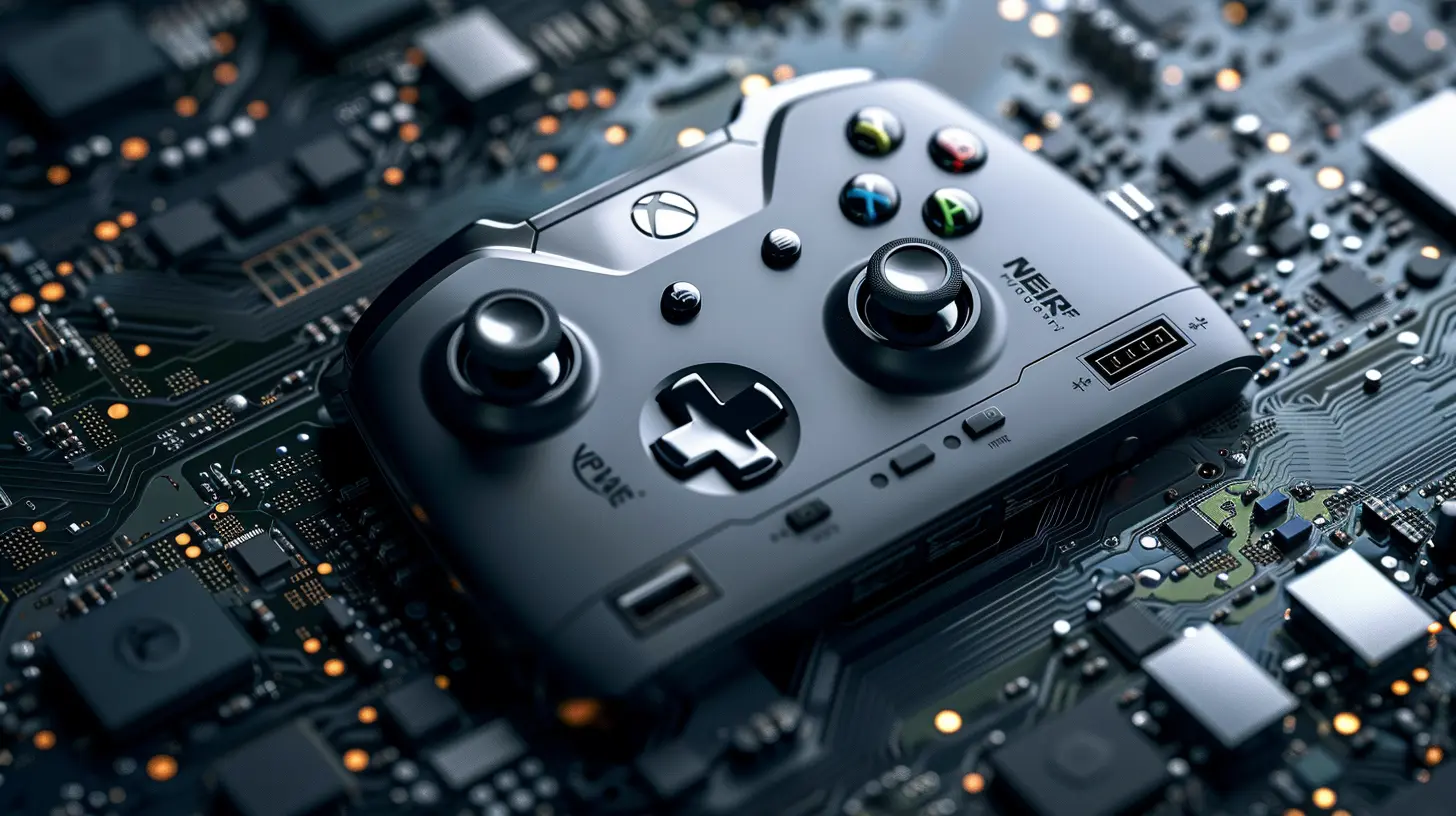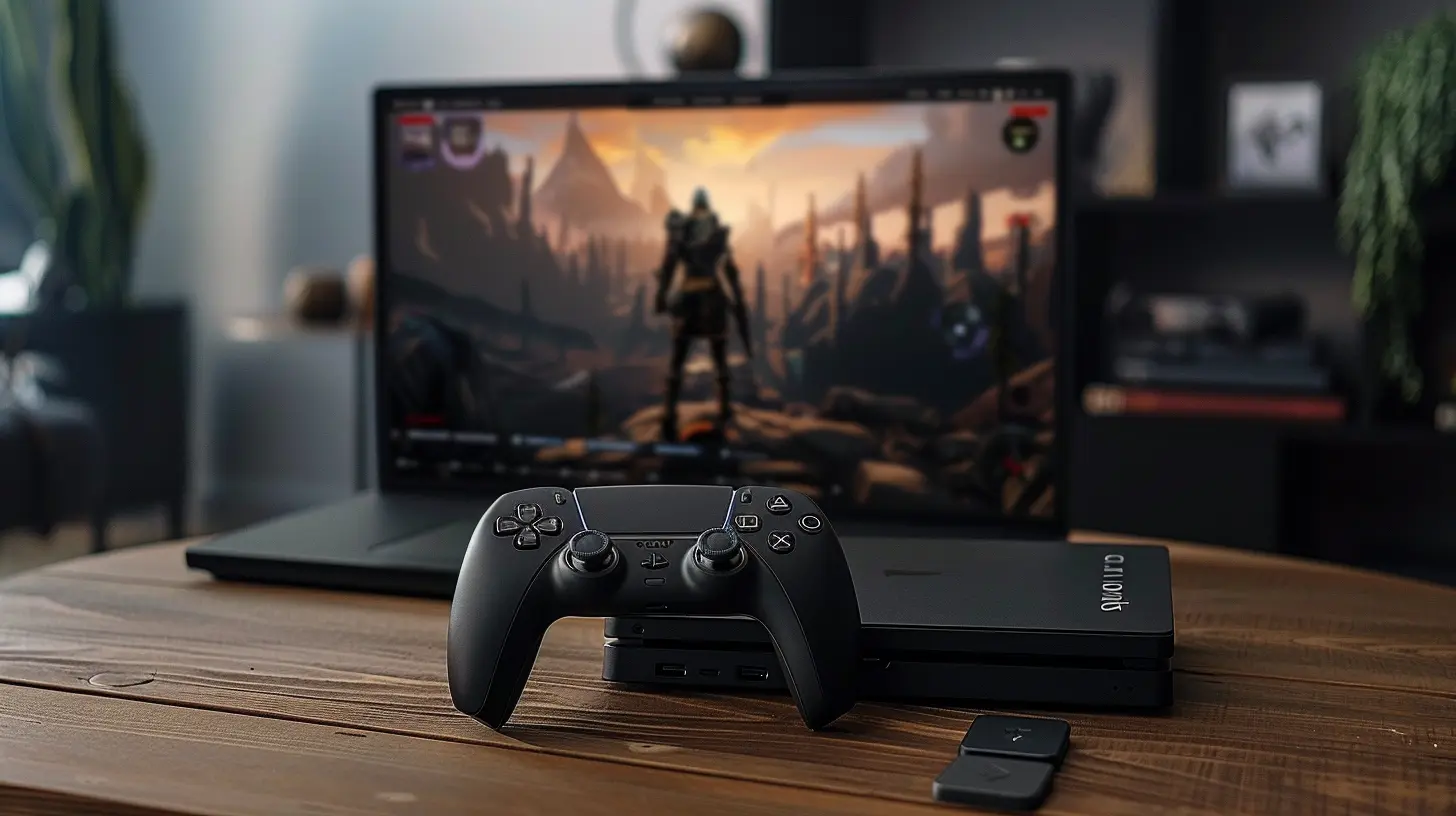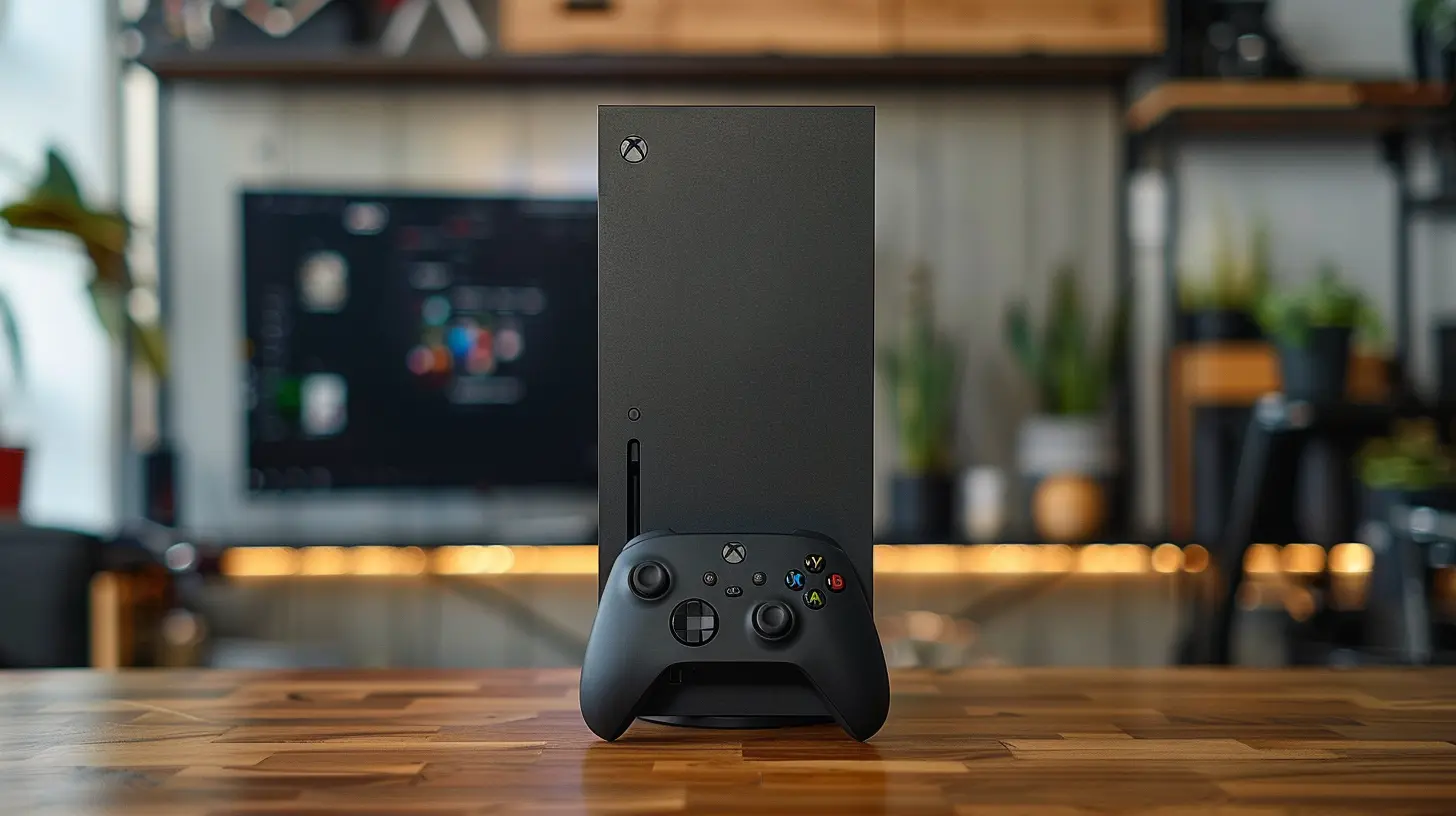8 February 2025
Gamers, gather 'round. Today, we're diving into something that has probably crossed your mind at least once if you're into the nitty-gritty of gaming performance: SSDs. Specifically, the shiny new SSD technology making waves in the gaming world. You’ve likely heard whispers about how SSDs are changing the game (pun intended) when it comes to load times, but is it really worth upgrading? Let’s break it all down, from the basics to the techy stuff, and help you decide whether it’s time to crack open your PC or console.
What Are SSDs, and Why So Much Hype?
First, let’s set the stage for our non-tech-savvy friends. SSD stands for Solid-State Drive, and it’s essentially the cooler, younger sibling of the older and slower HDDs (Hard Disk Drives). Unlike HDDs, which use spinning disks and a moving arm to read/write data, SSDs have no moving parts. They store data on flash memory chips, making them super fast.For gamers, this means shorter game load times, faster data transfers, and an overall snappier performance. SSDs started becoming mainstream a few years ago, but the industry has now stepped up its game with newer, faster, and more efficient SSDs like PCIe Gen 4 and PCIe Gen 5 models. These beasts promise even better speeds. But does all that speed really matter, or are we just falling for clever marketing?
How Do SSDs Improve Gaming Performance?
Alright, let’s get into the juicy details. Faster SSDs can have a noticeable impact on your gaming experience. Here’s how they make life easier for gamers:1. Faster Game Load Times
Picture this: You’re fired up to jump into the latest open-world masterpiece, but you’re stuck staring at a loading screen for what feels like eternity. Frustrating, right? That’s where SSDs shine. Compared to HDDs, SSDs can speed up load times significantly. For example, a game that takes 2 minutes to load on an HDD could load in just 15-30 seconds on an SSD. That’s not just an improvement—it’s a game-changer.With new SSD technology like PCIe Gen 4 and Gen 5, load times are slashed even further. Open-world games like Elden Ring, Cyberpunk 2077, or Red Dead Redemption 2, which load tons of data in real-time, benefit the most.
2. Smoother Open-World Streaming
Ever notice how some games stutter when you’re speeding through expansive maps? That’s often because the game is struggling to load assets from storage into memory quickly enough. The newer SSDs, with their crazy-fast read/write speeds, ensure smoother asset streaming. So, whether you're exploring the massive landscapes of Skyrim or cruising through Night City, everything feels buttery smooth.3. Quick Game Installation
We’ve all been there—you buy a new game, download it, and then wait for what feels like forever for it to install. With the latest SSDs, installation times are cut dramatically. That means less waiting and more playing.4. Future-Proofing for Next-Gen Games
Next-gen games are becoming bigger, prettier, and more demanding—think 4K textures, ray tracing, and massive open worlds. Newer SSD technology ensures you keep up with these innovations. Some games are even starting to require SSDs as a baseline for running properly (looking at you, PS5 and Xbox Series X). Investing in a cutting-edge SSD now means you’re ready for whatever crazy advancements developers throw at us next.
What’s New in SSD Technology?
Okay, so traditional SSDs are already fast, but what about this “new SSD tech” everyone’s raving about? Let’s break it down.PCIe Gen 4 and Gen 5 SSDs
The most exciting advancements are happening in PCIe (Peripheral Component Interconnect Express) SSDs. Without getting too technical, PCIe is the interface that allows your SSD to “talk” to the rest of your system. Gen 4 and Gen 5 SSDs offer significantly higher bandwidth than their predecessors, allowing data to move faster than ever.To put some numbers on it:
- PCIe Gen 3 SSDs: Around 3,500 MB/s read speed.
- PCIe Gen 4 SSDs: Around 7,000 MB/s read speed.
- PCIe Gen 5 SSDs: Speeds north of 12,000 MB/s.
Yup, you read that right. Gen 5 SSDs are nearly four times faster than Gen 3. That’s like upgrading your car from a minivan to a sports car.
NVMe Technology
Most new SSDs are NVMe (Non-Volatile Memory Express) drives. What does that mean? Simply put, it's a protocol that helps your SSDs communicate with your CPU more efficiently. Think of NVMe as a multilingual translator that gets your system talking to your storage device in record time.3D NAND and DRAM Cache
Today’s SSDs use 3D NAND technology, which stacks memory cells vertically to fit in more storage without taking up more physical space. High-end SSDs also include a DRAM cache, which acts like a small notebook where the SSD jots down frequently accessed data for quicker retrieval.
Do You Really Need to Upgrade?
Now comes the million-dollar question: Is upgrading to the latest SSD technology worth it?Ask Yourself These Questions:
1. Are you currently gaming on an HDD or an older SSD?2. Are you playing games that require heavy data streaming, like open-world or online multiplayer games?
3. Do you have the budget for it? (Let’s face it, Gen 4 and Gen 5 SSDs aren’t exactly cheap.)
If you’re still rocking an HDD or even an early-gen SSD, the upgrade is absolutely worth it. The difference will be like night and day. However, if you’re already on a decent Gen 3 or Gen 4 SSD, you might not see mind-blowing improvements unless you’re chasing bleeding-edge performance or future-proofing for the next decade.
What About Consoles?
PC gamers aren’t the only ones benefitting from SSD advances. The PlayStation 5 and Xbox Series X/S already come with cutting-edge SSDs that make load times nearly non-existent. If you’re a console gamer, there’s no need to upgrade your built-in drive just yet, unless you’re running low on space. External SSDs can still be a great option for expanding storage, though.Costs: Are They Justified?
Let’s talk money. The latest Gen 5 SSDs can set you back anywhere from $150 to $300, depending on the storage size. That’s a steep price tag compared to older SSDs or even high-capacity HDDs. But you get what you pay for—lightning-fast speeds, better gaming performance, and future-proof hardware.Think of it this way: If gaming is your passion and you’re already shelling out for top-tier GPUs and CPUs, an SSD upgrade is the cherry on top. But if you're a casual gamer or on a tight budget, a mid-range SSD or even sticking with Gen 3 tech might be the smarter choice.
Final Thoughts: Should You Hit "Upgrade"?
So, is the new SSD technology worth upgrading for faster game load times? Ultimately, it depends on your setup, gaming habits, and budget. If you want instant load screens, buttery-smooth gameplay, and a future-proof system, go for it. But if you’re already on a mid-range SSD and don’t play demanding games, you might want to hold off for now.Consider it like upgrading your gaming chair. Sure, a fancy ergonomic chair might feel amazing, but if you're comfortable with what you have, do you really need it right now? The same logic applies to SSDs.









Izaak Porter
Upgrading to new SSD technology can significantly enhance game load times, but players should weigh costs against their specific gaming needs and budget.
April 6, 2025 at 2:56 PM